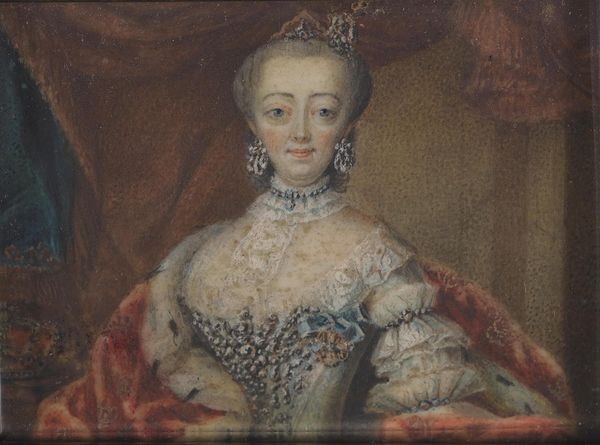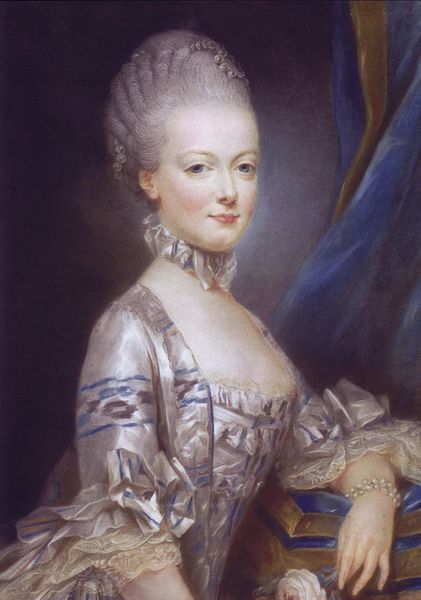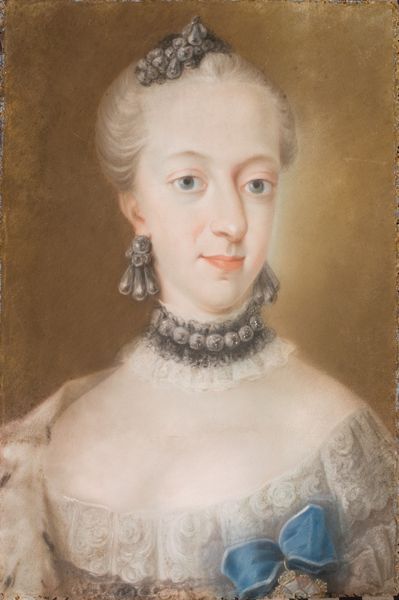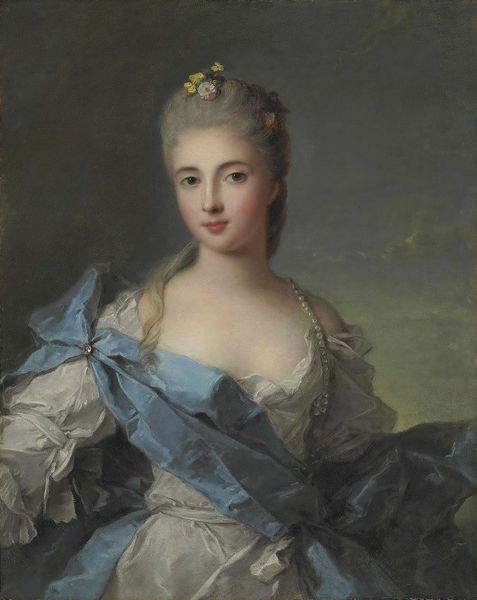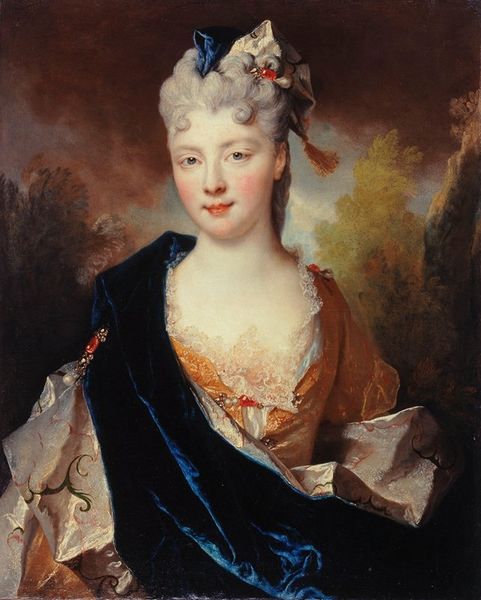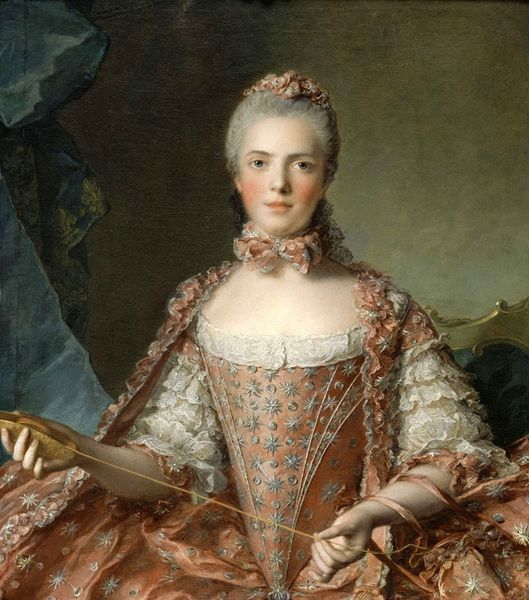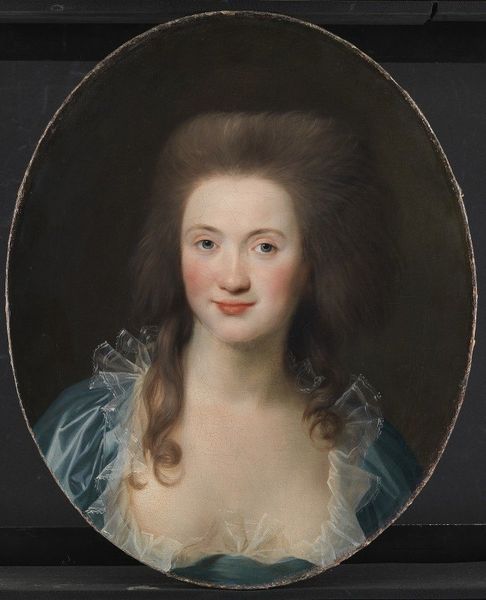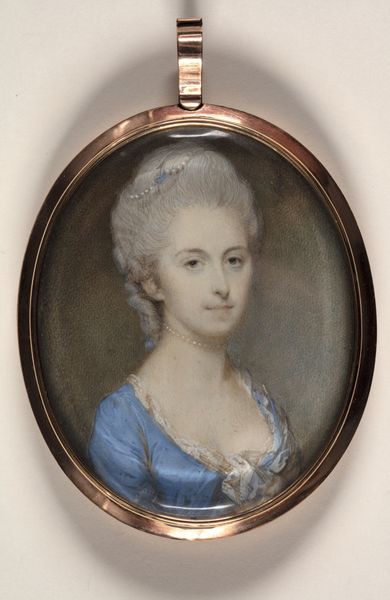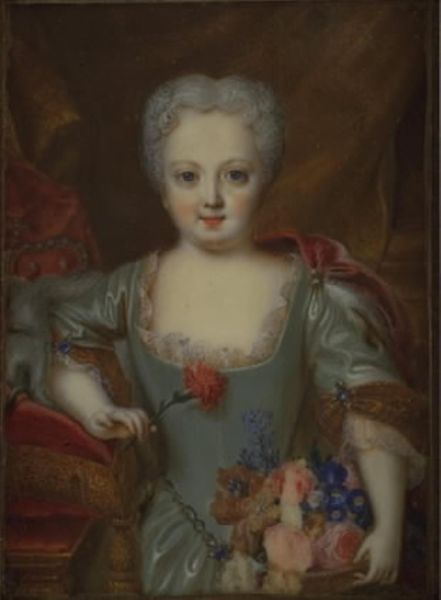
Frederika Sophia Wilhelmina (1751-1820), prinses van Pruisen, echtgenote van prins Willem V 1765 - 1767
0:00
0:00
painting, gouache
#
portrait
#
gouache
#
painting
#
gouache
#
miniature
#
watercolor
#
rococo
Dimensions: height 5.2 cm, width 7.5 cm, height 6.4 cm, width 7.9 cm, depth 0.6 cm
Copyright: Rijks Museum: Open Domain
Curator: Good morning. Here we have a Rococo gouache miniature portrait of Frederika Sophia Wilhelmina, Princess of Prussia, dating from 1765-1767. The piece is currently held here at the Rijksmuseum. Editor: It's remarkable how the artist has created such luminosity on what must be a very small scale. There's an almost dreamlike quality to the soft pastels and the delicate application of the gouache. Curator: Absolutely. As a member of the Prussian royal family and later the wife of Prince Willem V, Frederika Wilhelmina’s life was intertwined with political power and dynastic ambition. Consider the social conventions governing her presentation. Editor: The tight composition and the formal pose signal status, but that pale blue and the lace detailing soften the effect, offering glimpses of individuality amidst the expectations of royal representation. It’s the interplay of formality and subtle personal touches. Curator: Note the emphasis on her elaborate hairstyle and pearl choker, status symbols conforming to societal standards of beauty, but also, think about the limited agency afforded women, especially royal women, in choosing how they present themselves to the world. Editor: The formal presentation serves to both elevate and constrain her within a very narrow band of expression. The artist seems preoccupied with surface detail: the shimmer of the pearls, the delicate weave of the lace, textures all rendered meticulously, emphasizing the luxurious artifice inherent to royal portraiture. Curator: We must consider that a painting like this may well have been commissioned in order to portray dynastic alliances and, of course, the assumed power inherent in such bloodlines. How does it either subvert or uphold power? Is it, in essence, propaganda? Editor: An excellent point. It is definitely a performance of status. Even with all the visual signifiers denoting nobility, one might argue there is a sense of reserve that complicates this portrayal. Perhaps this is more nuanced than mere propaganda, and the subtleties warrant continued investigation. Curator: Indeed, through the interplay of these factors, this miniature painting speaks volumes about 18th-century European royalty, not just of one woman. Editor: This small work contains a large conversation about seeing and being seen, control, artifice and also hints of inner states made public by the artist’s formal choices.
Comments
No comments
Be the first to comment and join the conversation on the ultimate creative platform.

